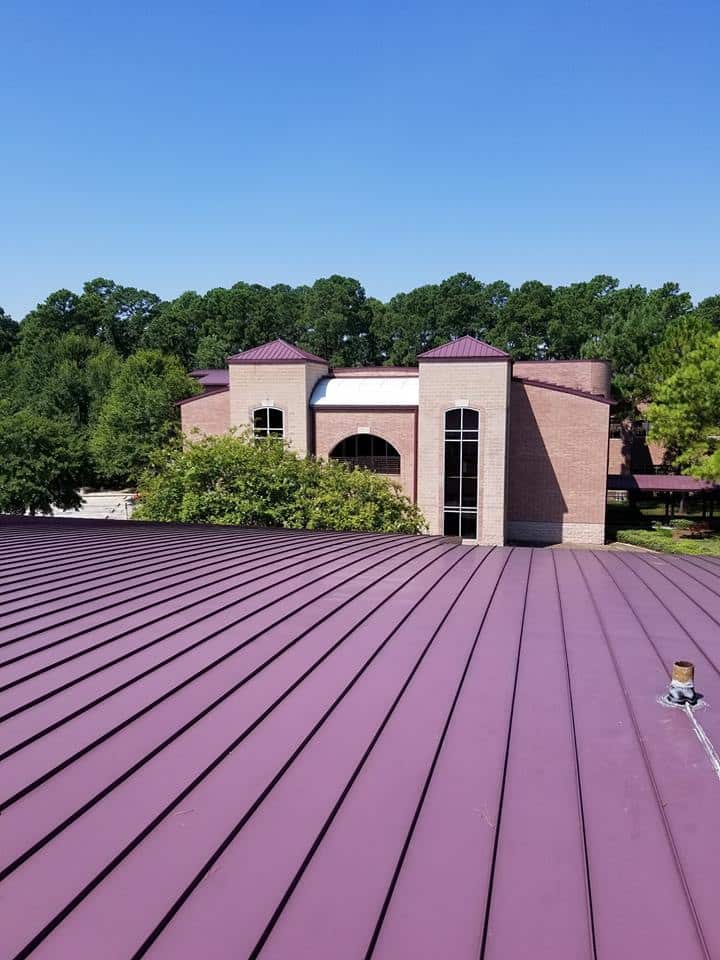Perfect Finish for Your Metal Surfaces
Bead blasting stands out as a go-to choice for professionals and DIY enthusiasts aiming for a pristine finish on metal parts. This method, utilizing fine glass beads, offers a delicate yet effective cleaning technique, preserving the integrity of the metal while removing impurities.
Table of Contents
- What is Bead Blasting?
- Blasting Applications of Bead Blasting
- Choosing the Right Beads
- Step-by-Step Guide to Bead Blasting
- Safety Measures
What is Bead Blasting?
Bead blasting is a surface treatment process that involves propelling fine glass beads at high velocity onto the surface of a metal part. Unlike harsher abrasives, glass beads gently clean the surface, maintaining the underlying integrity of the metal.
Benefits of Bead Blasting
- Surface cleaning effectively removes surface contaminants without altering the metal’s dimensional properties.
- Finish Quality: Provides a uniform, smooth, and aesthetically pleasing matte finish.
- Versatility: Suitable for a variety of metals, including aluminum and stainless steel.
- Non-Damaging: Minimizes the risk of warping or altering the metal, preserving its original contours.
Applications of Bead Blasting
Bead blasting is widely used in industries like automotive, aerospace, and manufacturing for tasks such as:
- Cleaning automotive parts.
- Preparing surfaces for painting or coating.
- Removing corrosion and tarnish from metal components.
Choosing the Right Beads
Selecting the appropriate bead size and hardness is crucial for achieving the desired results. Factors to consider include the metal type, the level of abrasiveness required, and the finish quality you aim to achieve.
Safety First:
- Wear protective gear, including goggles and gloves.
- Prepare the surface.
- Ensure the metal part is free from oils or debris.
- Set up the equipment.
- Adjust the blaster for the correct bead size and air pressure.
Blasting:
- Evenly move the nozzle over the surface, maintaining a consistent distance.
Inspection:
- Check the surface to ensure a uniform finish has been achieved.Safety Measures
- Always operate bead blasting equipment in a well-ventilated area.
- Use appropriate personal protective equipment
- Ensure the workspace is free from flammable materials.
Summary
Bead blasting is an efficient and effective method for cleaning and finishing metal surfaces, offering precision and maintaining the material’s integrity. Whether for industrial applications or personal projects, understanding the nuances of bead blasting can significantly enhance the quality of your metal finishes.

